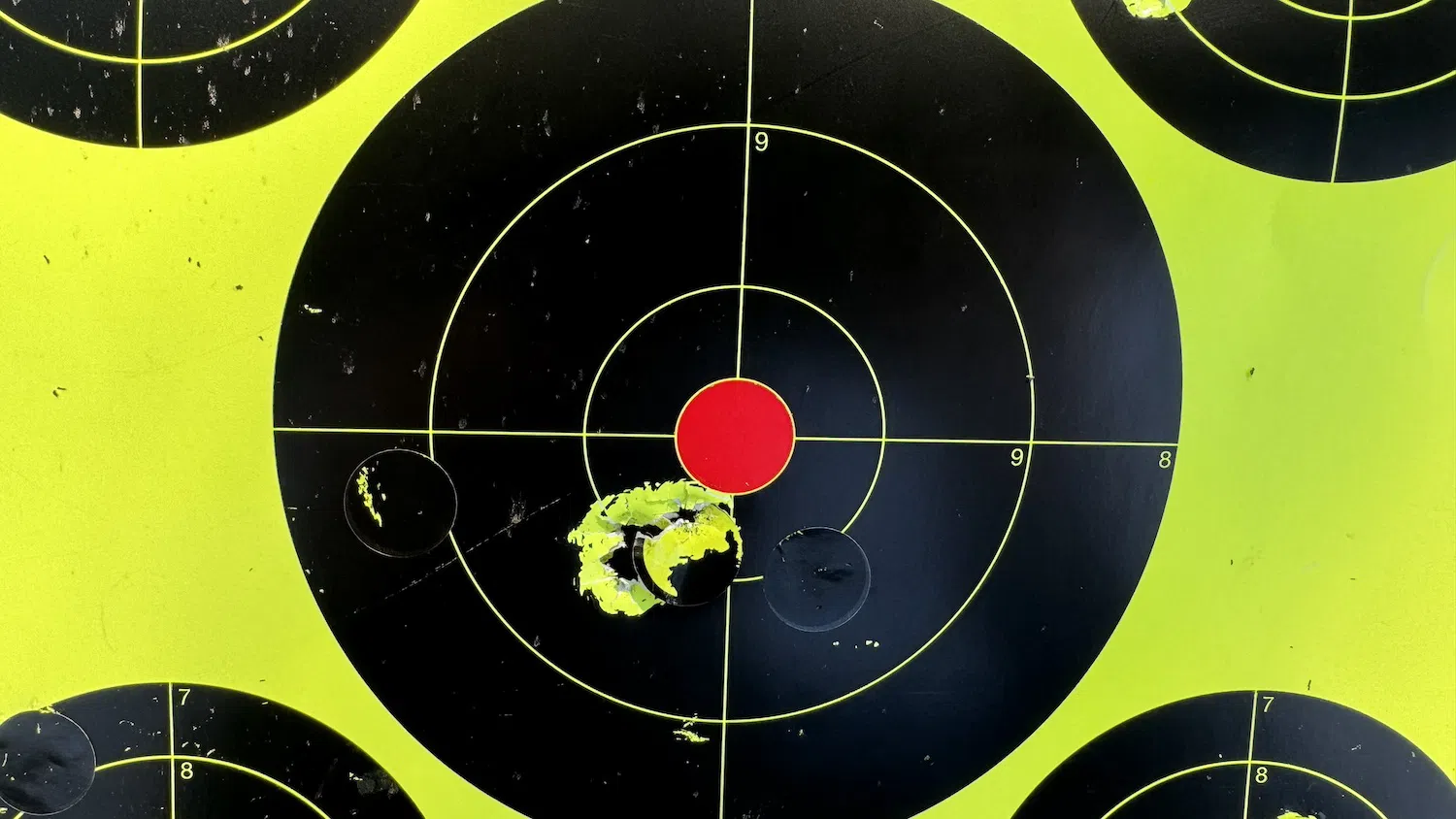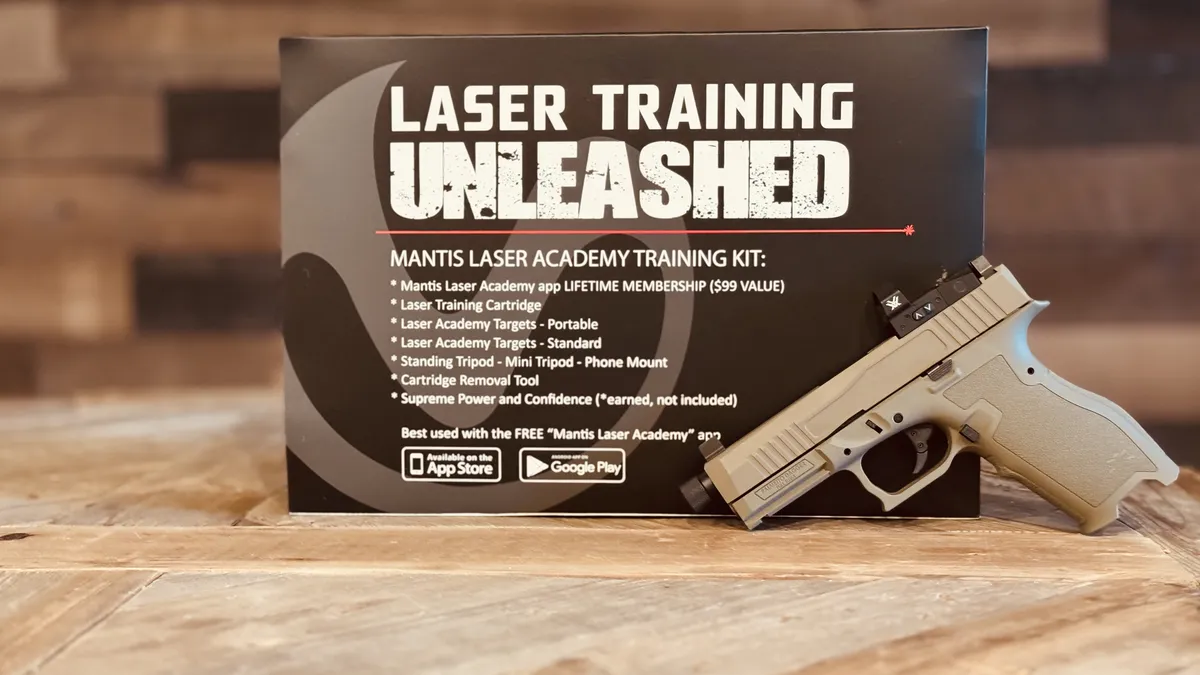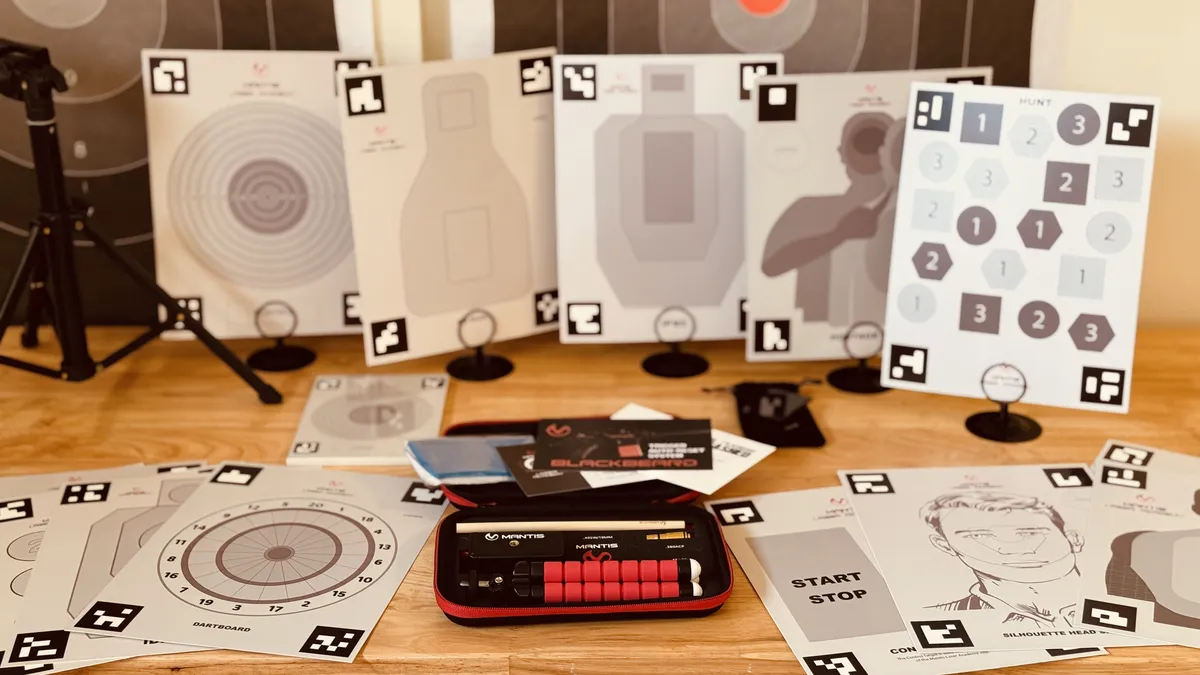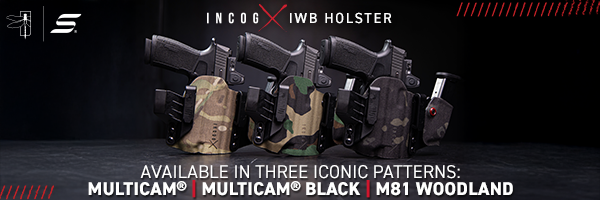The Best Dry Fire Training System
Overcoming Shot Anticipation: Strategies for Improved Accuracy
Shot anticipation is a common challenge that both novice and experienced shooters often face. It involves the shooter subconsciously tensing up and moving the firearm just before the shot breaks, usually in anticipation of the recoil. This involuntary reaction can significantly affect accuracy, leading shots to stray from the intended target. Understanding what shot anticipation is and implementing strategies to overcome it are essential steps toward improving shooting accuracy and consistency.
Understanding Shot Anticipation
At its core, shot anticipation is a natural response to the loud noise and recoil produced when a firearm is discharged. Shooters may flinch, jerk the trigger, or tense their muscles in anticipation of these sensations, inadvertently moving the gun off target at the crucial moment of firing. This can result in shots landing low and possibly to the left for right-handed shooters, or low and to the right for left-handed shooters, though the specific impact on accuracy can vary based on the individual's reaction.

Low and left. I'm guilty too!
Strategies to Overcome Shot Anticipation
1. Dry Fire Practice
One of the most effective ways to combat shot anticipation is through dry fire practice, which involves practicing your shooting technique without live ammunition. This allows you to focus on maintaining a smooth trigger pull and proper form without the distraction of recoil and noise. Regular dry fire practice can help build muscle memory and reduce flinching when shooting live rounds. While Dry Fire practice is a great habit, you can level up much quicker with the feedback provided by using a laser training system.
2. Basic Laser Dry Fire Training
Utilizing laser dry fire training cartridges is a fantastic way to practice, giving you both a visual cue and when paired with an app, additional data on your shot placement. Laser Hit is the least expensive choice but it does come with a lot of caveats. The app is free for basic shooting, but you'll need to purchase additional modes. Additionally, in my experience the app was a bit hard to be consistent. Push notifications distrupt it as well. It is extremely sensitive to changes in light such as reflections from vehicles passing by. I also very often end up with "double hits", when the app reads multiple shots from a single trigger pull. Pairing this app with a $20 Defentac laser training cartidge is a basic way to get started. You'll still need to be able to print targets, or purchase those separately as well.

Mantis Laser Training Academy
3. Mantis Laser Training Academy
In my opinion, the best route for dry fire is the Mantis Laser Training Academy. Now, while it is a bit more expensive than the Laserhit + Defentac route, it is a much more robust system and the differences in quality as well as capability are immediately apparent. The Mantis kit comes with everything you need. Literally everything, except a phone and a gun. It even includes two tripods. The app has a significantly improved user interface vs Laserhit, I do not experience false shots or double hits with Mantis, and the app also makes it much easier to keep up with training using my various pistols. Mantis Laser Training Academy is my top choice, by a long shot. It also pays for itself quickly due to saving the cost of ammunition, gas, time to the range, etc... You can get a full training session in in less time than it will take you to drive to the range. Do not 100% replace your live fire training, of course, but augment it and watch your performance increase.

Mantis Laser Training Academy
4. Ball and Dummy Drill
The ball and dummy drill involves mixing dummy rounds (snap caps or inert training rounds) with live ammunition in your magazine. When you encounter a dummy round, the absence of recoil and noise will make any anticipatory movement obvious. This drill helps shooters become more aware of their flinching and actively work to control it.
5. Focus on Fundamentals
Paying close attention to the fundamentals of shooting, such as stance, grip, sight alignment, and breath control, can help minimize shot anticipation. Ensuring a firm but relaxed grip and using a proper stance can reduce the impact of recoil, making the shooting experience more comfortable and lessening the tendency to flinch.
6. Gradual Exposure to Recoil
For shooters who are particularly sensitive to recoil, gradually increasing the caliber or gauge of the firearm used can help acclimate them to the sensation of shooting. Starting with a low-recoil firearm and progressively working up to higher recoil guns can build confidence and reduce anticipation.
7. Use of Recoil Reduction Equipment
Utilizing recoil reduction equipment such as recoil pads, muzzle brakes, or compensators can make the shooting experience more pleasant by diminishing the felt recoil. While these devices do not eliminate shot anticipation on their own, they can be part of a comprehensive approach to improving shooting comfort and confidence.
8. Mindfulness and Relaxation Techniques
Incorporating mindfulness and relaxation techniques before and during shooting can help manage the psychological aspects of shot anticipation. Deep breathing exercises, visualization of successful shots, and positive reinforcement can reduce anxiety and improve focus, helping shooters remain calm and controlled.
Conclusion
Overcoming shot anticipation requires a combination of mental and physical training. By incorporating these strategies into your practice routine, you can develop a more consistent shooting technique and improve your accuracy over time. Remember, progress may be gradual, and persistence is key. With patience and practice, you can minimize the impact of shot anticipation and become a more proficient shooter.


